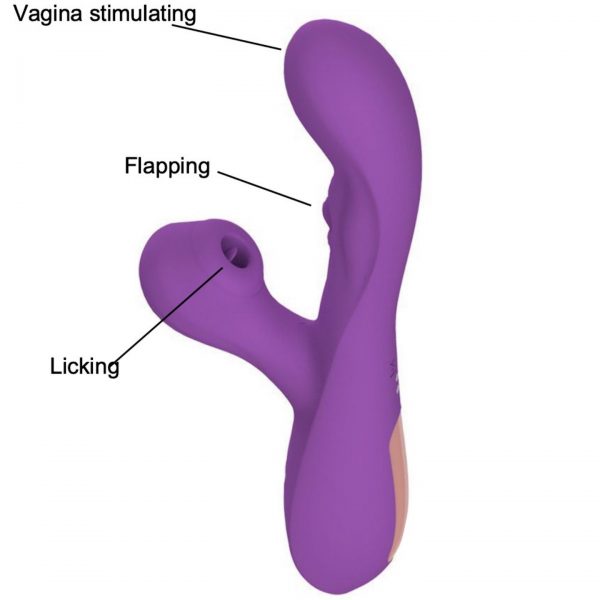How To Use A Dental Dam As A Barrier For Oral Sex
Dental dams are latex or polyurethane sheets used between the mouth and vagina or anus during oral sex to reduce the risk of spreading sexually transmitted infections (STIs) during oral sex. A dental dam acts a barrier between your mouth and your partner’s genitals or anus.
You can’t use a dental dam as a contraceptive (birth control), but it can reduce your risk of spreading bodily fluids that may carry sexually transmitted infections (STIs).
Can you reuse a dental dam?
No. You should only use a dental dam once before throwing it away. You could expose yourself or your partner to a sexually transmitted infection if you utilize a used dental dam.
What do dental dams protect against?
Dental dams can protect against certain sexually transmitted infections. People often think about sexual intercourse when it comes to passing STIs between partners. But you can transmit STIs through oral sex too. Dental dams work by reducing your risk of sharing fluids that may carry STIs. STIs that a dental dam can protect you against include:
- Syphilis: Syphilis is a bacterial infection that can lead to very serious complications if left untreated. Syphilis comes in four stages. These stages are the primary stage, secondary stage, latent stage and tertiary stage. There are different symptoms with each stage. The first sign of syphilis is a chancre (small sore) that appears where the bacteria entered your body. This usually happens about three weeks after exposure to the bacteria.
- Gonorrhea: Gonorrhea is a bacterial infection also known as “the clap.” It can affect your genitals, throat or anus. This is why it’s so important to use barrier protection against STIs even when you’re not having penis-in-vagina sex. Gonorrhea can cause penile or vaginal discharge, sore throat or painful urination. But sometimes gonorrhea doesn’t cause any symptoms, so people who are infected can unintentionally transmit it to their sexual partners. Gonorrhea can cause serious health issues if left untreated.
- Chlamydia: Chlamydia is one of the most commonly transmitted STIs. Like gonorrhea, chlamydia may not cause symptoms. So people who have the infection but don’t know they do can unknowingly infect other people. Additionally, chlamydia can infect your throat and anus as well as your genitals. If symptoms do occur, they may include penile or vaginal discharge, sore throat or painful urination.
- Hepatitis: Hepatitis is a viral infection. It can cause liver inflammation and lead to liver damage. There are various types of hepatitis, but hepatitis B is the most commonly transmitted STI. Hepatitis B can cause cirrhosis, liver cancer and even death.
-
- Human immunodeficiency virus (HIV): HIV is a virus that causes a disease called acquired immune deficiency syndrome (AIDS). HIV weakens your ability to fight infections and cancer by infecting and killing your T cells. It can take a long time for someone with HIV to develop AIDS, but there’s no cure for HIV or AIDS.
Dental dams may also protect you from coming into contact with your partner’s fecal matter during oral-anal sex. Fecal matter may contain bacteria such as Shigella and E. Coli. It can also contain intestinal parasites.
































Reviews
There are no reviews yet.